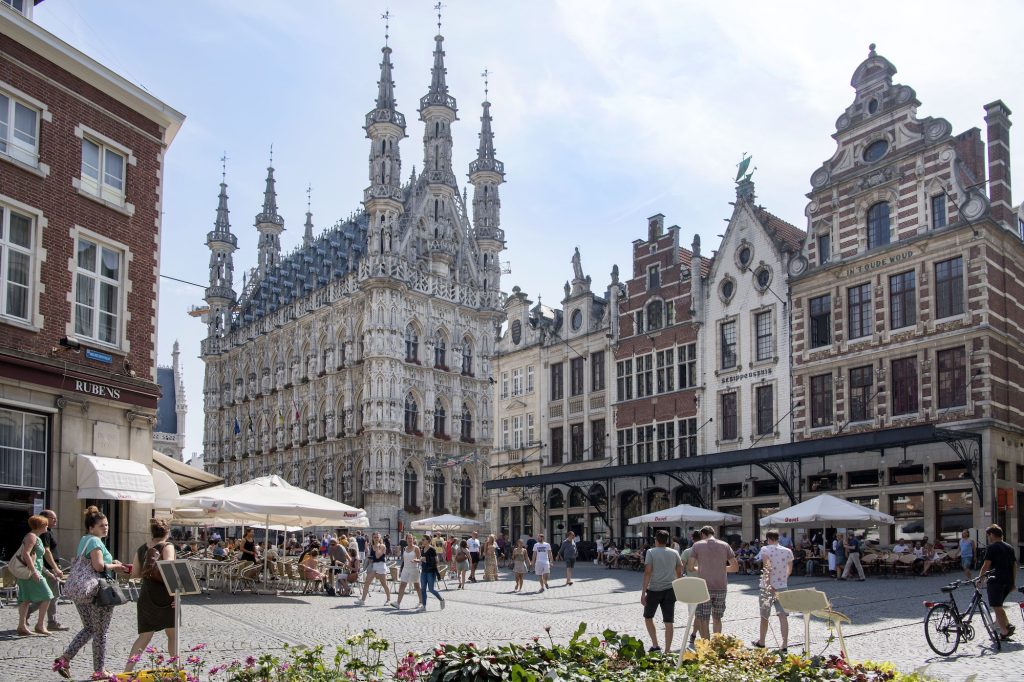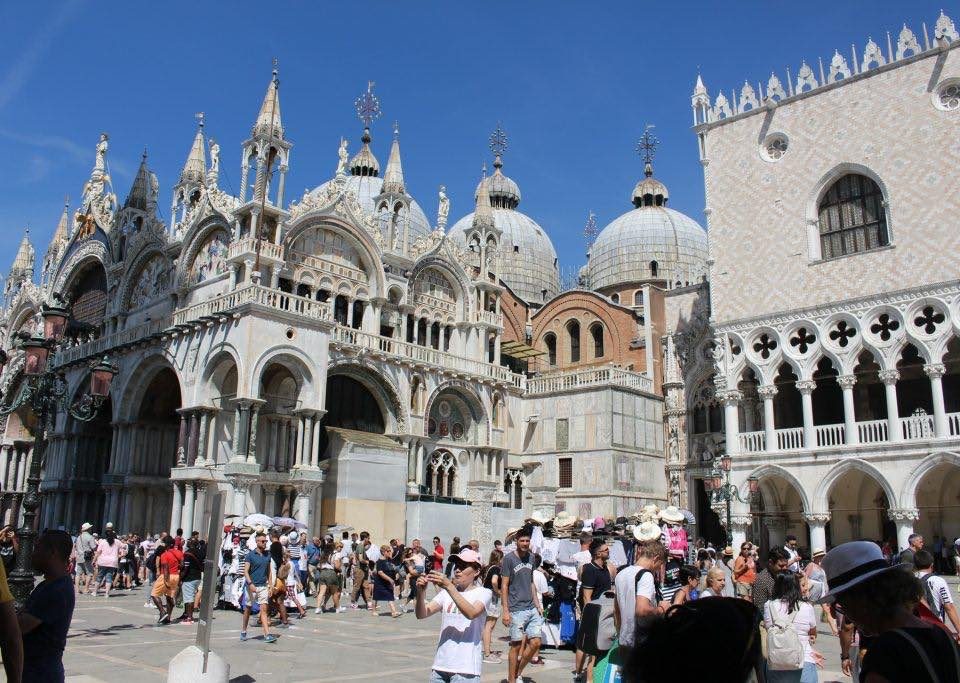Venice isn’t exactly what we’d call a well-kept secret. The city of canals, the city of doges, la Serenissima… Whatever you decide to call her, the city has been a favourite amongst tourists for ages now and things aren’t about to change. Yet despite the mass tourism being quite a big problem, Venice has still managed to hold on to some of its authenticity. Once you start to get away from the main axes, it’s very easy to be alone amidst the historical palazzo’s and Venetian cats – which have a whole history of their own but that would lead us too far for now.
Let’s talk a bit about the mass tourism which the city is facing. If you’ve ever been to Venice before, you’ll be acquainted with the crowds gathering on San Marco Square. That could seem harmless, yet all those visitors for a day don’t do too much good to the city. They don’t spend the night so their economical contribution is fairly minimal, they do pollute the waters and the city’s surroundings when they arrive and let’s be honest, not a single local likes those typical tourists which are glued to their camera or smartphone and buy crappy souvenirs.
Starting from this year, authorities have therefore decided to limit the daily number of tourists in order to somehow preserve the city’s integrity. People will have to buy a 5 euro entry ticket before setting foot on la Serenissima if they plan on staying for just a day. “The aim is to discourage one-day tourism, hit-and-run tourism, arriving in one day and leaving in the same day, tiring and stressing the city, and encouraging slower tourism instead”, the city’s deputy mayor for tourism, Simone Venturini, told EuroNews.
Slow tourism
Slow tourism. A term most of us wouldn’t connect to a city trip yet Venice, of all cities, is the perfect place to stand still for a moment and make abstraction of the outside world. It’s a place which hasn’t changed that much over the years – something which becomes even clearer when arriving in the middle of the night, when the streets are deserted and the only thing reflecting in the canals is the hue of a rare street light every now and then. The absence of cars in particular is a delight and something you don’t come across often, especially on this scale.
If you’ve got the time – and why wouldn’t you – the best way to discover Venice is literally by getting lost in its maze of streets. Some of them lead to others, others lead into the water or onto a wall. Yet it’s the only way to discover the lesser-known districts and to come across something you hadn’t heard of before.
1. Palazzo Grimani
Like the Palazzo Grimani di Santa Maria Formosa. Personally, I had never heard about the place before, even though it wasn’t exactly my first visit to the city of canals. And honestly, I could’ve easily missed the well-hidden entrance of the museum. The medieval building once belonged to Venice’s doge Antonio Grimani and evolved over time, resulting in a very interesting confluence of styles. Inside, one can’t help but to marvel in front of the eclectic decoration, featuring marbles in every colour and motive and paintings making your mind travel to the Italian countryside. The cherry on top of the alreay delicious cake, however, is the Tribuna or Antiquarium. The room was hugely inspired by the Pantheon and is filled to the brim with some very particular statues. Don’t forget to look up!
2. La Giudecca
Have you ever been to La Giudecca while visiting Venice? Chances are you haven’t, although you’ve most certainly spotted the island from afar. When you’re standing on San Marco Square, from example, you’re looking right at it yet a fairly small amount of people take the time to actually visit this part of Venice. And no, there aren’t any major sights to be seen as for a long time, the island was mainly known for its shipyards and factories. Nowadays, it’s a quiet part of Venice with working-class houses mainly inhabited by locals. Stroll around on the never-ending dock, pop into a church, get lost and end your visit with a drink with a view. Sometimes, ‘no major sights’ is more than good enough.
3. Scuola Grande di San Rocco
Maybe you’ve already noticed so but there are quite a few Scuola Grandes to be found in Venice, San Rocco probably being one of the most impressive. The building was the seat of a confraternity and was named after the saint San Rocco, who was known to protect against the plague – a major fear in Venice during medieval times. The Scuola Grande was – architecturally speaking – completed in 1560 but got its principal traits in the years after, when Tintoretto and his assistants decorated the walls of the Scuola with biblical paintings. Even if you’re not a fan of religion, it’s difficult to remain untouched by the grandness of his art. So don’t hesitate to sit down, look around and take it all in, one brush stroke at a time.













